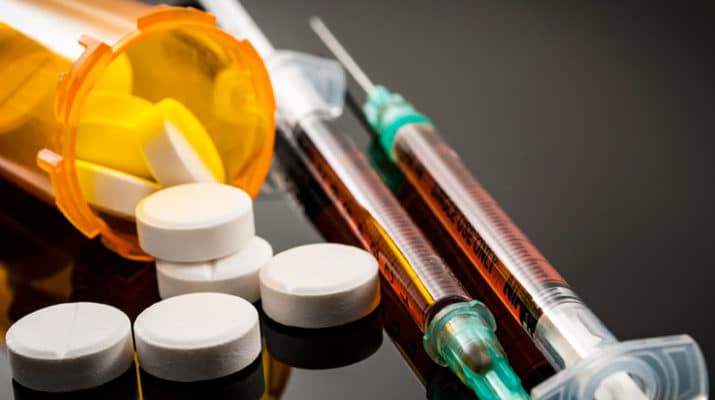By Deborah Jeanne Sergeant
Between 2018 and 2019, death because of drug overdose in New York has decreased by 4.6%, from 2,386 to 2,276, according to the most recent, non-finalized statistics from the Centers for Disease Control and Prevention; however, any death from drug overdose is one too many.
While prompt medical attention can sometimes reduce the chances of fatality from use of opioids and other substances, that medical care doesn’t always happen, especially when young people are involved.
Fear of their parents’ response or legal repercussions may cause teens and young adults to not seek medical help in some cases. Some may hope their friend will sleep off the effects or fear that by helping, they will reveal to their parents their drug use.
“It does happen,” said Cortney Pitcher, parent educator Prevention Network in Syracuse. “Kids are afraid they’ll get in trouble. It ties into, are parents someone they can talk with? They’re afraid they’ll be in trouble so they don’t say anything.”
Some may fear their parents’ response over their friend’s possible death in part because of previous experience with run-ins with their parents. Parents can help reduce this effect by responding in a more measured fashion when their children break the rules.
“The parent needs to say, ‘You can come talk with me about anything’ and then the parent needs to not snap or shut them down but just listen to them,” Pritcher said.
Youth may also fear their friends’ response if they call for help during a possible overdose incident.
“Let them know their friends will get over you telling on them because you saved their life,” Pritcher said. “If you didn’t make that call, how would you feel? It’s a little more harsh, but it’s being honest and using real-life examples. I know I would live with that for the rest of my life that I had a choice to make the call or not make the call. Let them know to make the call regardless.”
It can be difficult for young people to know what their friend took, how much and how it could affect their friends’ health.
Pritcher said that Good Samaritan laws protect both the patient and the person who sought medical attention. A study in Washington State indicates that 88% of people surveyed who use opioids would feel more likely to call 911 in case of an overdose because of the law.
Most teens feel invincible, as if terrible things won’t happen to them or their friends such as dying from a drug overdose. Doing nothing seems like the right answer to some teens since it’s really difficult for them to believe that another young person could die.
Some teens don’t recognize the signs of when a friend is in trouble with substance abuse and in need of emergency help.
Mulholland said that the major indicators of possible overdose may include incoherent speech, repeatedly falling, drowsy appearance but waking up quickly and breathing problems.
Give Narcan (naloxone) to anyone suspected overdosing on opioids and call 911. Narcan is available over-the-counter at pharmacies and will not harm people who are misdiagnosed as overdosing on opioids; however, patients who have taken other drugs may need different treatment. Administering Narcan is not a substitute for dialing 911 and waiting with the patient.
By the Numbers
According to the Centers for Disease Control and Prevention’s most recent statistics:
• 70,237 drug overdose deaths occurred in the United States in 2017.
• The age-adjusted rate of overdose deaths increased significantly by 9.6% from 2016 (19.8 per 100,000) to 2017 (21.7 per 100,000).
• Opioids — mainly synthetic opioids (other than methadone) — are currently the main driver of drug overdose deaths. Opioids were involved in 47,600 overdose deaths in 2017 (67.8% of all drug overdose deaths).
• In 2017, the states with the highest rates of death due to drug overdose were West Virginia (57.8 per 100,000), Ohio (46.3 per 100,000), Pennsylvania (44.3 per 100,000), the District of Columbia (44.0 per 100,000), and Kentucky (37.2 per 100,000).
• States with statistically significant increases in drug overdose death rates from 2016 to 2017 included Alabama, Arizona, California, Connecticut, Delaware, Florida, Georgia, Illinois, Indiana, Kentucky, Louisiana, Maine, Maryland, Michigan, New Jersey, New York, North Carolina, Ohio, Pennsylvania, South Carolina, Tennessee, West Virginia, and Wisconsin.

